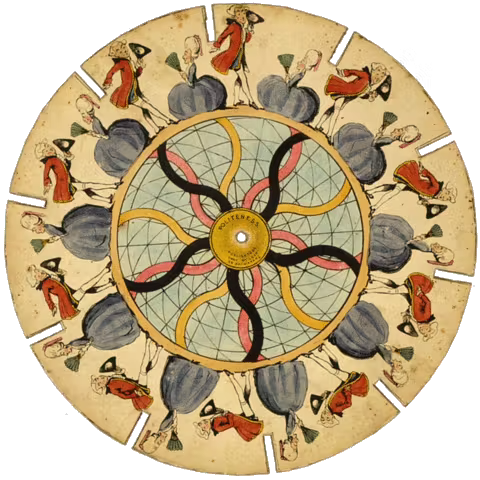How memories move us
I think of the first time I traveled to Rome. A friend and I visited the Italian capital with an itinerary that consisted of a haphazard list of tourist landmarks mixed with a vague idea of pub crawl opportunities. Landmarks have gravitational pull; they are obvious choices. But memories need places, not spaces. Landmarks, if they are not metabolized, internalized, remain spaces that we can appreciate as having meaning for other peoples, but not much of that translates to us.
I visited the Sixtine Chapel at Vatican City. It is impressive in its own right, of course, but I went because it was a landmark to visit. Frankly I don’t remember much about it; other than what Michaelangelo said to the pope about finishing it, which I knew before going, I remember it was crowded and we were moved along rather quickly by stewards. The domed ceilings are quite tall, and there was not much that I could admire with my own eyes about the Myth of Creation.
During that trip to Rome, I also visited the church of Saint Ignazio di Loyola. This is probably a landmark in many travel guides, but I only went because my grandmother insisted. She had been there a few times, and highly recommended it. I went and was floored by the frescoes – I remember they seemed three-dimensional, and it was almost as if they would reach down to touch you. They were incredibly colorful and vivid; they were…alive. When I think back about my trip to Rome, I remember the frescoes at Saint Ignazio di Loyola, not those at the Sixtine Chapel. Why is that?
What’s more, when my younger brother was planning a trip to Rome, I highly recommended he visit Saint Ignazio di Loyola.
Placemaking is concerned with how we make sense of space and place. Space is the physical property of objects in a three-dimensional space. Places are spaces that hold meaning for us. Spaces we relate to psychologically and spiritually, not merely physiologically.
When navigating foreign places – spaces that have meanings to other people and cultures – landmarks are essential. Landmarks act as lighthouses of meaning, broadcasting a pretty legible message of “this is important”. Different people have different relationships with landmarks, and landmarks are still likely to change what they mean and what they signify based on the current climate of opinion. What was once revered may, over time, become something we loath. Landmarks, like empires, rise and fall.
Erasure must be complete. Towns and monuments need to burn to the ground. Not because they alone can become cultural movements (they can’t), but because as long as they remain, people are more likely to continue relating to those landmarks. Culture needs spaces to turn into places, which in turn become part of the feedback loop of that culture as it reinforces itself. Think of the beginnings of Christianity, place-less, where early Christians gathered in catacombs.
